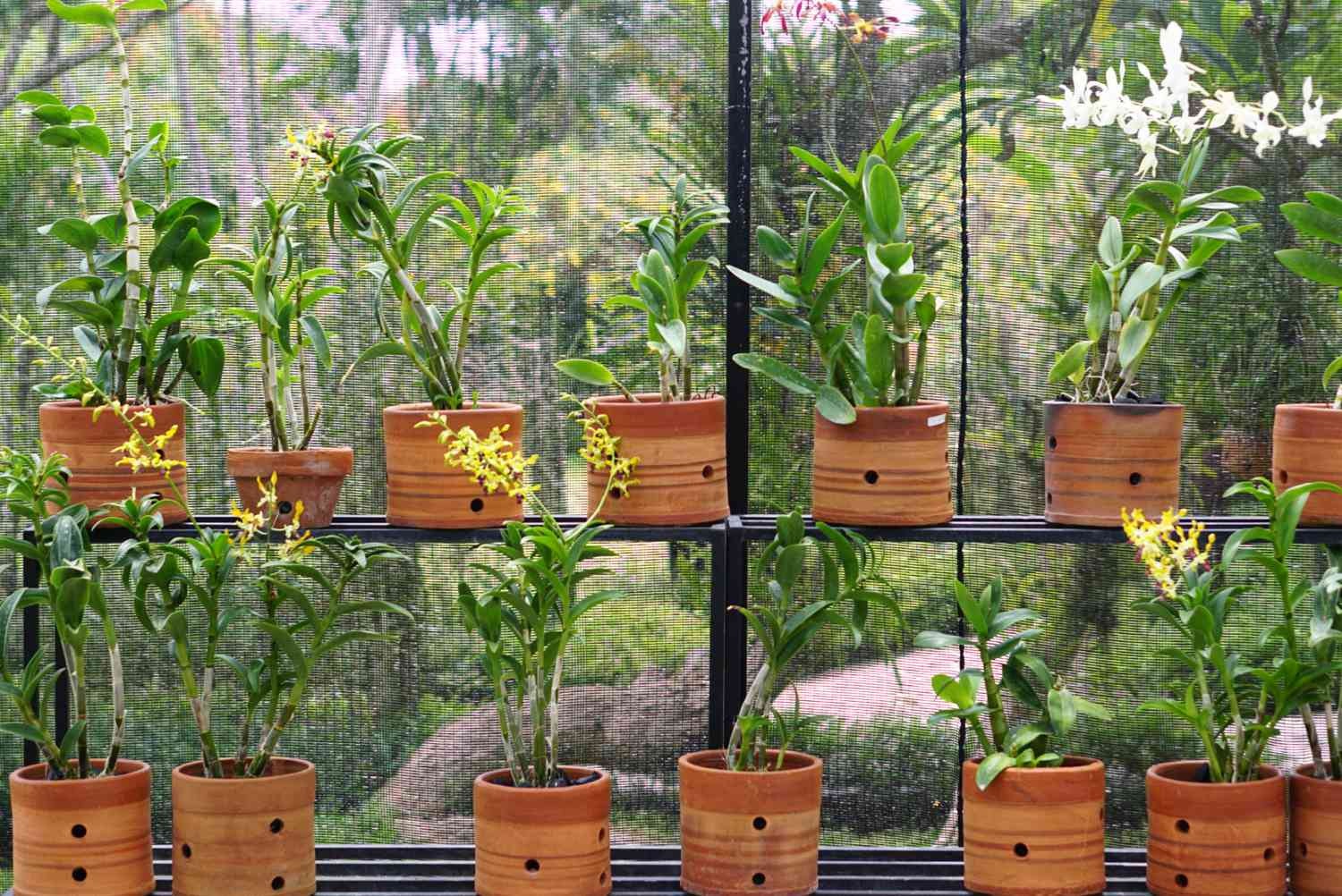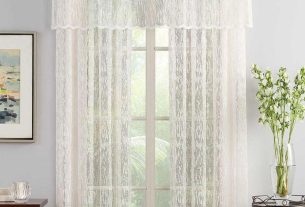When it comes to nurturing seedlings, the environment in which they grow plays a pivotal role in their overall health and development. A nursery planter is not just a container; it is the very foundation that supports the life and growth of a young plant. In this article, we’ll delve deep into the world of nursery planters, shedding light on their significance, types, and the benefits they offer.
The Importance of Choosing the Right Nursery Planter
More Than Just a Container
A nursery planter is to a seedling what a home is to us. Just as we need a comfortable and safe space to grow and thrive, seedlings require a suitable environment to establish their roots and flourish.
Different Types of Nursery Planters
When it comes to selecting the right nursery planter, one size doesn’t fit all. Different seedlings have varied requirements, and it’s crucial to match the planter to the specific needs of the plant.
- Plastic Planters: Lightweight, affordable, and available in various sizes and colors. They retain moisture well but might not offer the best aeration.
- Terracotta Planters: Breathable and offer excellent aeration. They are heavier and can dry out faster, so they might require more frequent watering.
- Fabric Pots: Provide superior aeration and encourage robust root growth. They prevent root circling and are excellent for plants that need good drainage.
- Biodegradable Planters: Made from organic materials like coir or peat moss. They can be planted directly into the ground, reducing transplant shock.
Benefits of Using Nursery Planters
Setting the Stage for Growth
Nursery planters are more than just containers to hold soil. They provide numerous benefits that aid in the healthy growth of seedlings.
Optimal Root Growth
The right nursery planter promotes healthy root development. Whether it’s through superior aeration or preventing root circling, a good planter ensures that the roots of the seedling have the best environment to grow.
Efficient Water Drainage
Overwatering can be detrimental to seedlings. Nursery planters, especially those with proper drainage holes, ensure that excess water is drained out, preventing root rot and other water-related diseases.
Temperature Regulation
Certain materials used in nursery planters, like terracotta, can help regulate the temperature of the soil, ensuring that the seedlings are not exposed to extreme temperature fluctuations.
Tips for Choosing the Right Nursery Planter
Ensuring Every Seedling Thrives
While understanding the types and benefits of nursery planters is essential, it’s equally important to know how to choose the right one for your specific needs.
- Size Matters: Ensure the planter is big enough to support the growth of the seedling but not so large that it hinders its development.
- Drainage is Key: Always opt for planters with adequate drainage holes to prevent waterlogging.
- Material Choice: Consider the specific needs of the seedling when choosing the planter material. For instance, succulents might prefer terracotta due to its breathability, while tropical plants might thrive better in plastic planters.
Conclusion
Nursery planters are the unsung heroes of the gardening world. They provide the foundation upon which every seedling thrives. By understanding their significance, types, and benefits, gardeners can make informed decisions that set their plants on the path to robust health and vibrant growth. Remember, the right nursery planter is the first step towards a thriving garden. Choose wisely, and watch your seedlings flourish.




